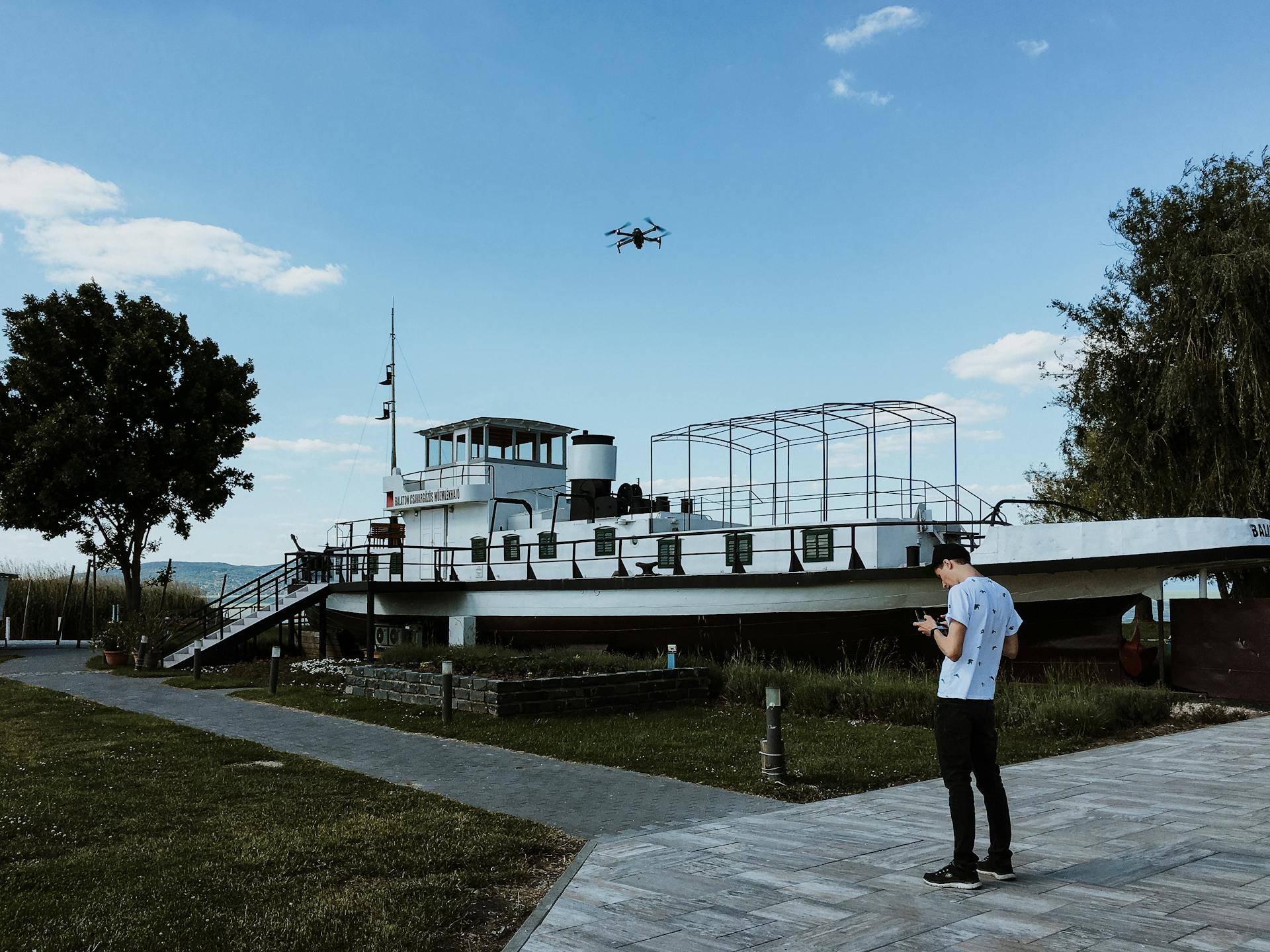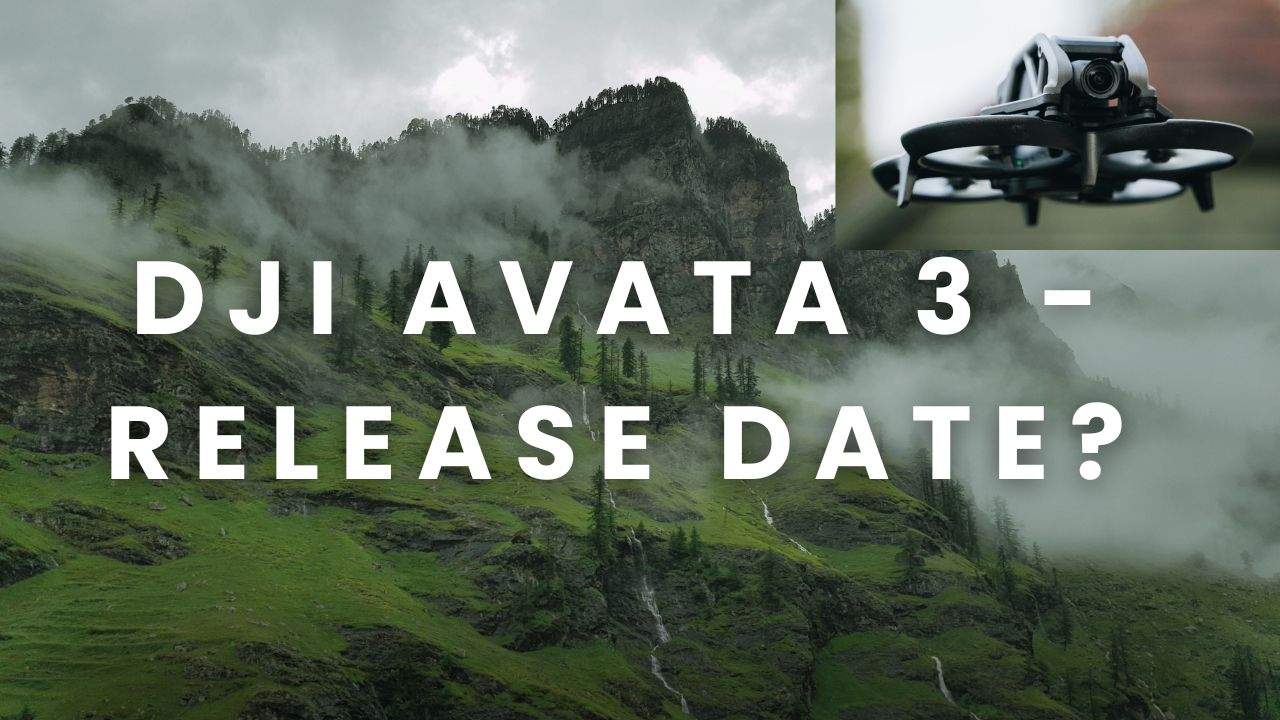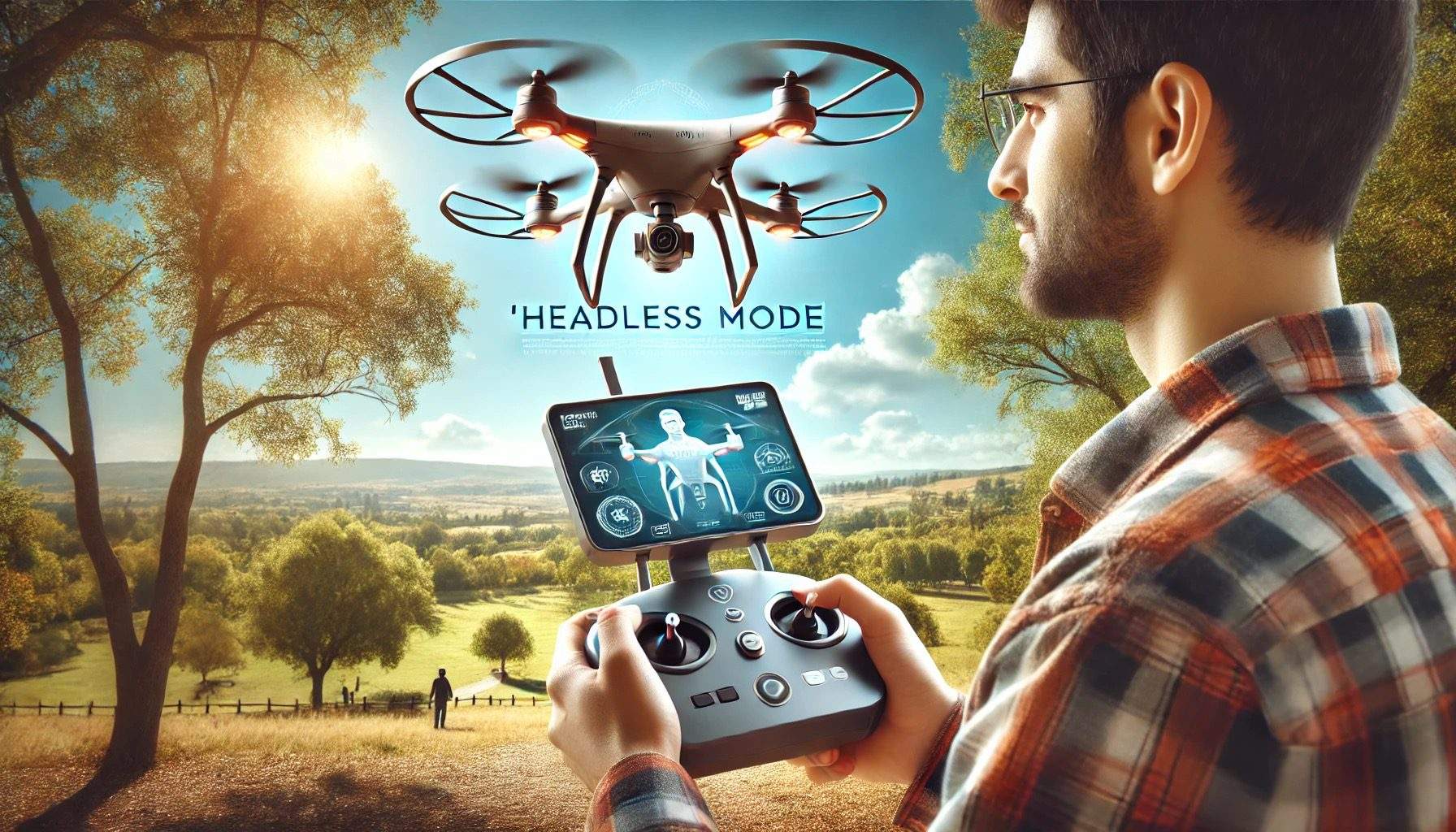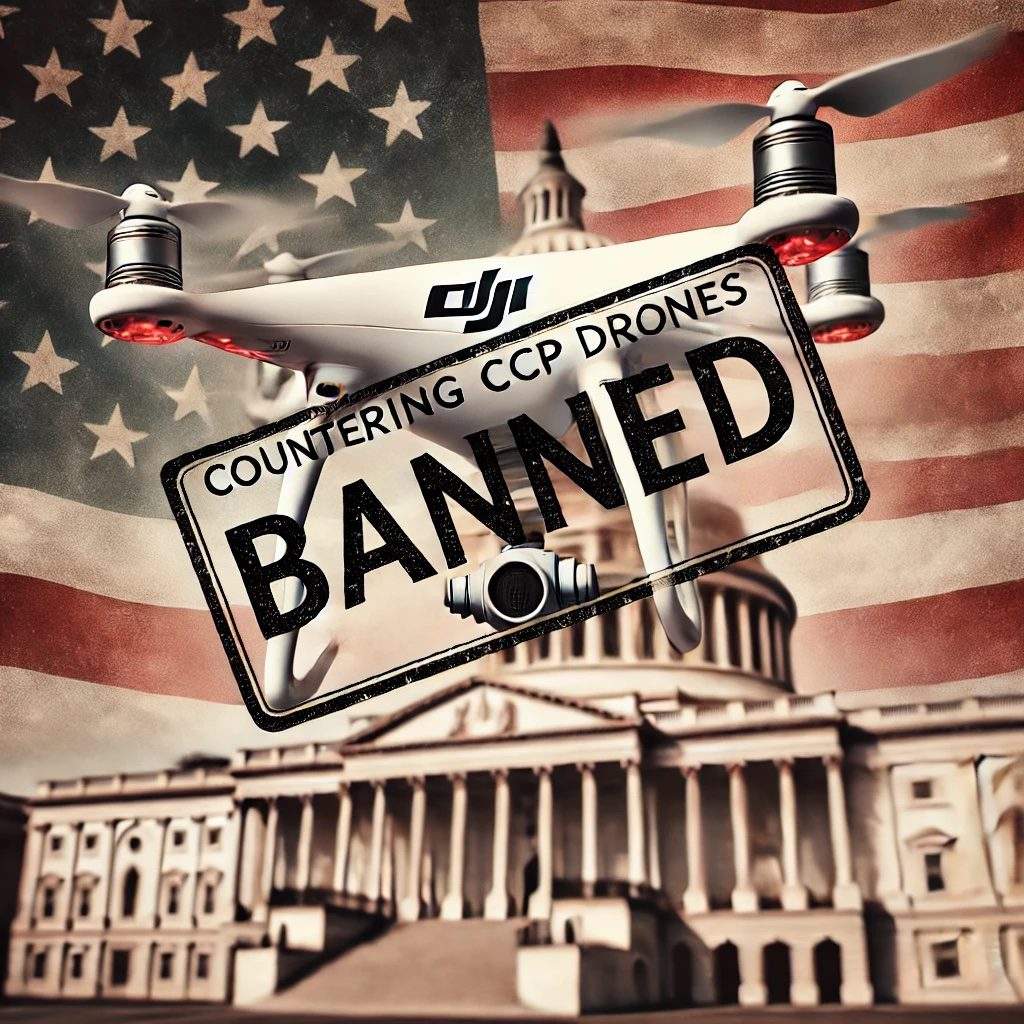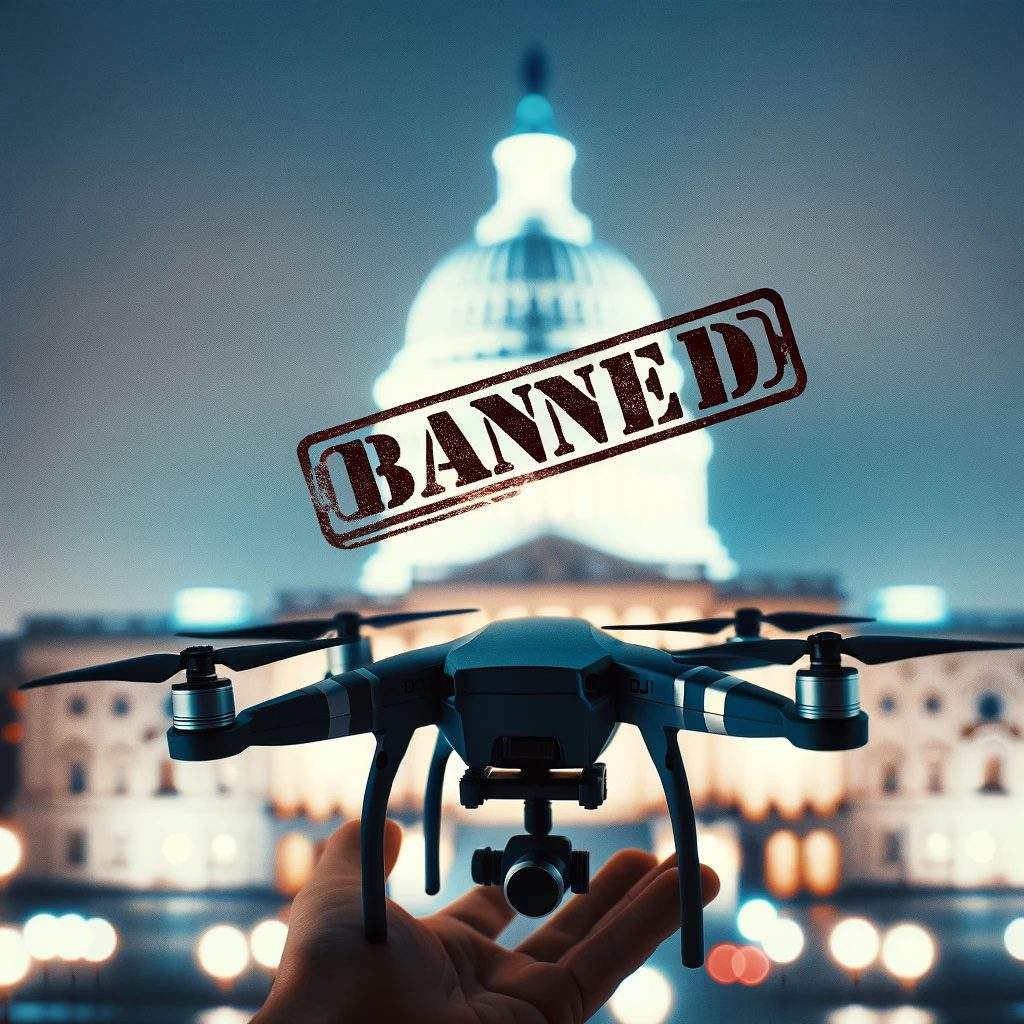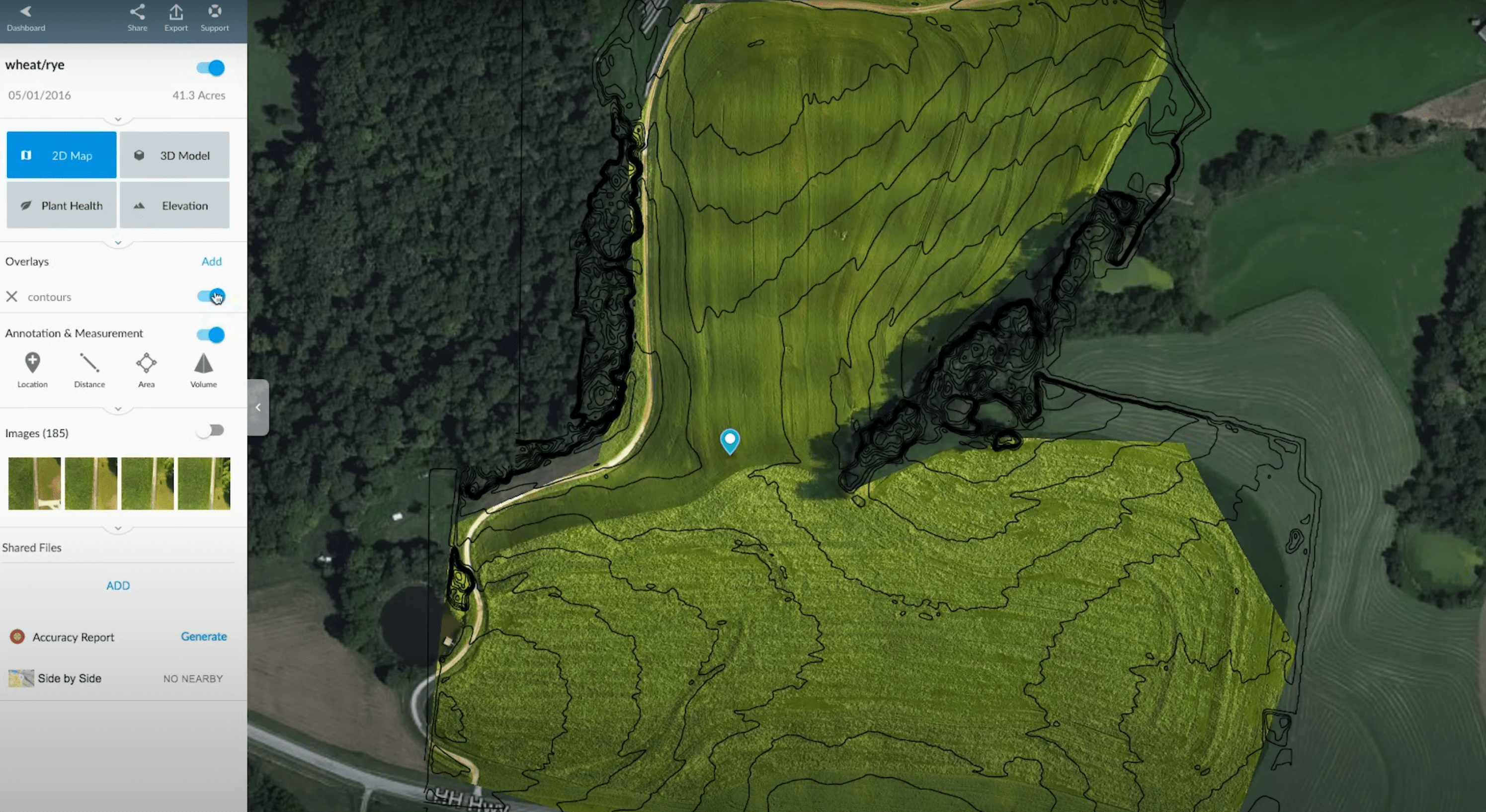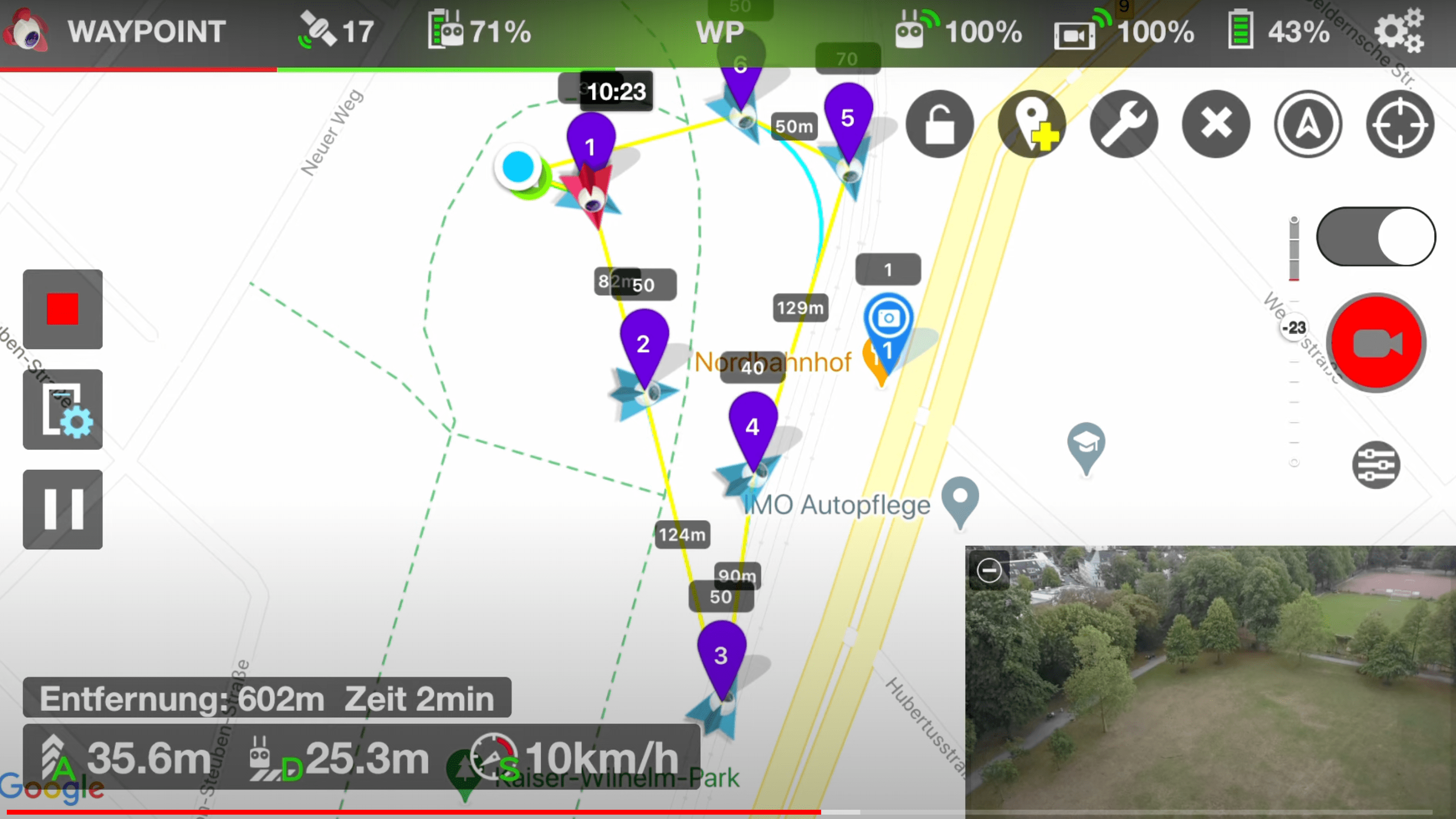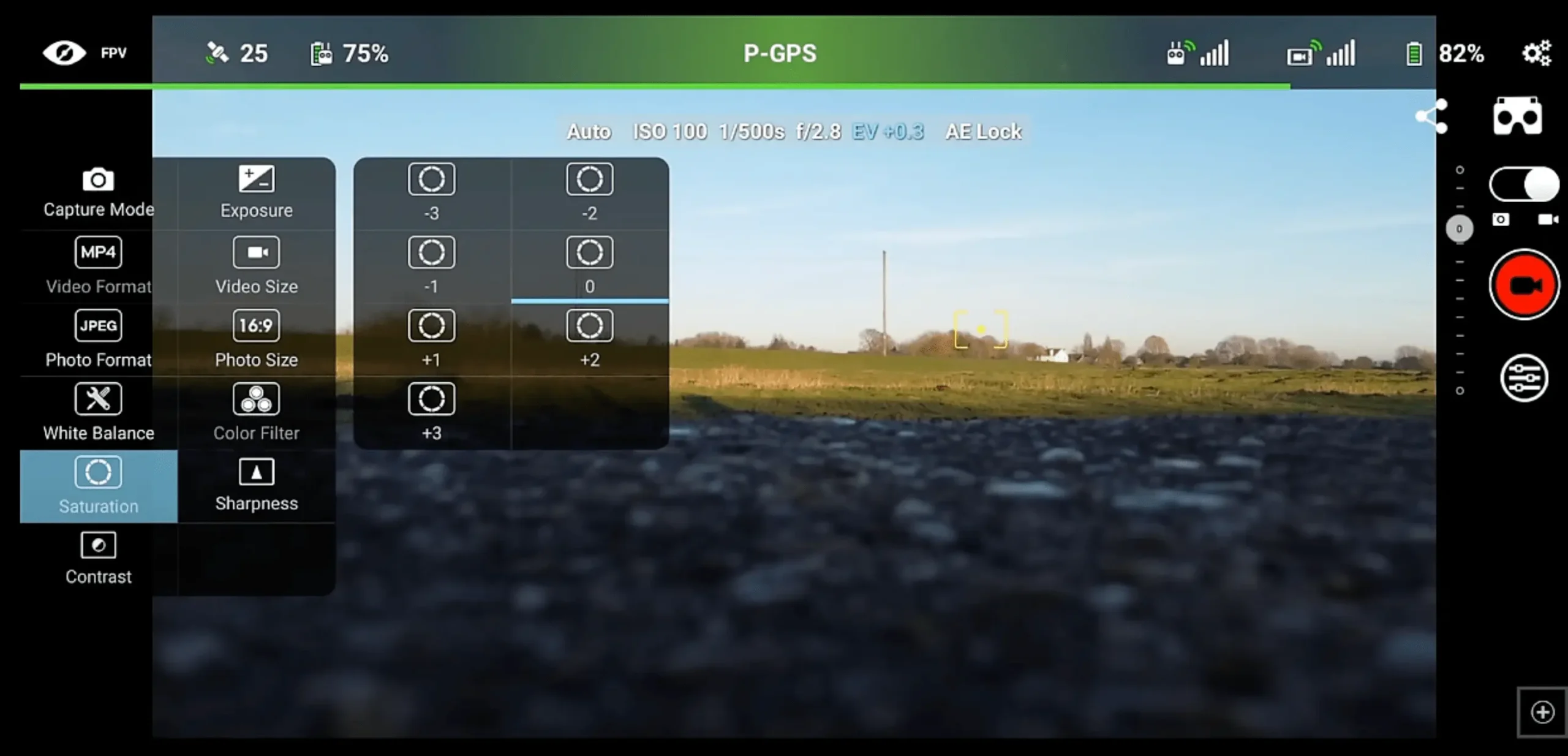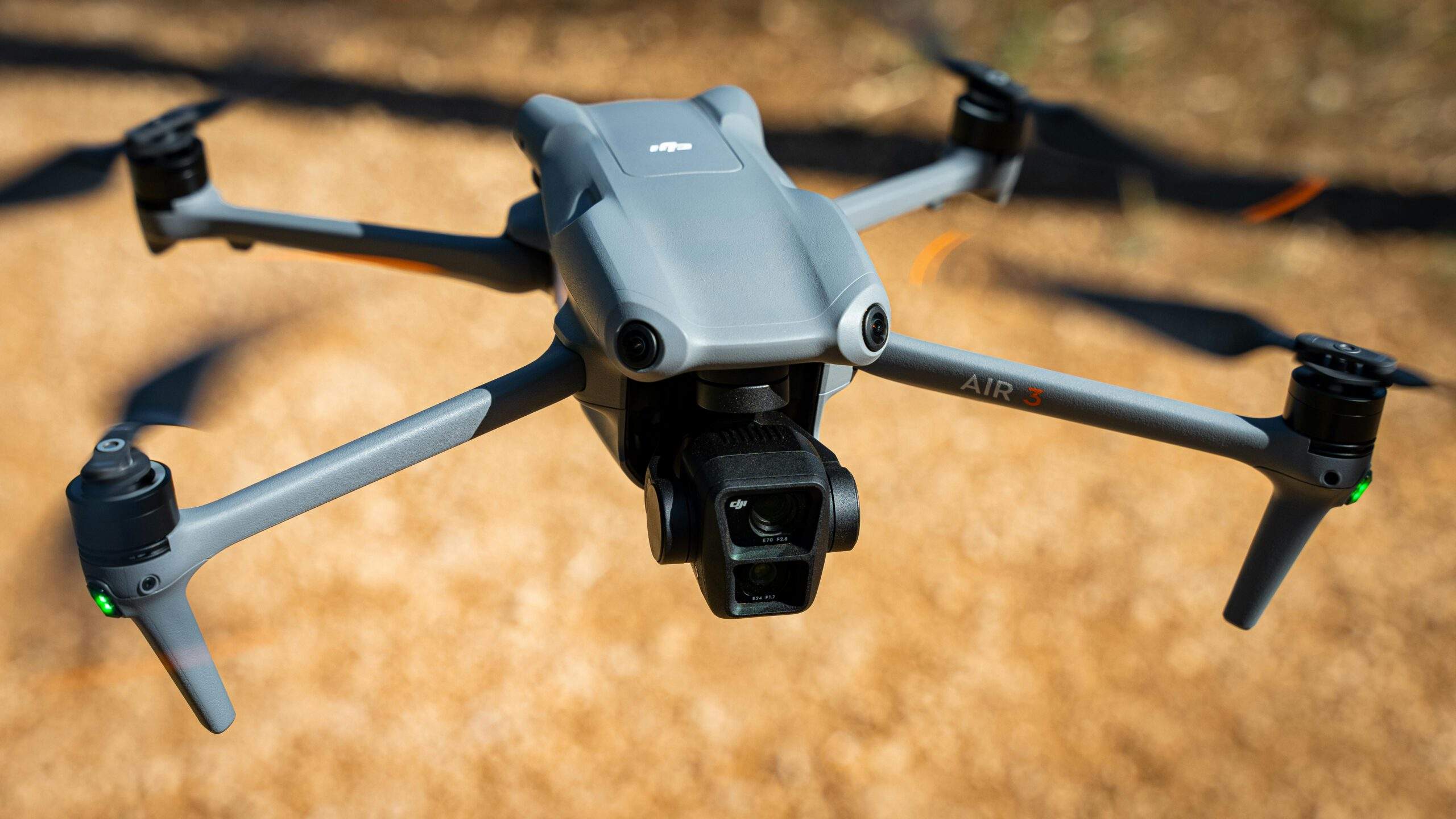As of January 1, 2024, drone pilots wishing to operate in the Open Category under EU regulations will need to follow specific training requirements based on the class of drone they intend to fly. This mini-guide aims to outline the essential steps and considerations for aspiring and current drone pilots to ensure they meet these requirements effectively.
Understanding Drone Classes and Categories
- Drone Classes: Drones are categorized based on their weight and capabilities, ranging from C0 (under 250g) to C4 (up to 25kg). Each class has its operational restrictions and requirements (EU Drone Port™ 🇪🇺).
- Open Category Subcategories: The Open Category is divided into A1, A2, and A3 subcategories, dictating where drones can be flown relative to uninvolved persons and how close they can be to gatherings of people (SafeDroneFlying).
Training Requirements
- For Drones Under 250g (C0 Class or Privately Built): Generally, no formal training is required beyond reading the user’s manual. These drones can be flown over people but should avoid doing so when possible (EASA).
- For Drones Over 250g (C1 to C4 Classes): Training requirements become more stringent, involving completing specific courses and sometimes passing exams to prove competency (EU Drone Port™ 🇪🇺).
Operational Restrictions
- Maximum Height: Regardless of class, drones in the Open Category should not exceed a maximum height of 120 meters above ground. This ensures safety for other airspace users and complies with EU regulations (SafeDroneFlying).
- Distance to Uninvolved Persons: Depending on the drone class and subcategory, there are strict rules regarding how close drones can fly to people who are not involved in the drone operation. For example, drones in subcategory A3 must maintain a minimum horizontal distance of 150m from such areas (SafeDroneFlying).
Selecting the Right Training
- Accredited Providers: Ensure you choose training programs recognized by the national aviation authority (NAA) of an EASA Member State. This guarantees the certification you receive is valid across the EU (EASA).
- Avoiding Fraud: Be cautious of fraudulent websites offering fake training certificates. Trust only accredited and recognized training providers (EASA).
Final Examination and Certification
- Examination: Depending on the subcategory and drone class, you may be required to pass a theoretical knowledge examination, practical skill training, or both. These assess your understanding of aviation regulations, human performance limitations, and your drone’s flight performance, among other things (EU Drone Port™ 🇪🇺).
- Certification: Upon successfully completing the required training and examination, pilots receive a certificate that is recognized across all EASA Member States, allowing them to operate their drones within the regulatory framework of the Open Category (EASA).
Conclusion
Flying a drone in the Open Category offers a great deal of freedom but comes with responsibilities to ensure safety and compliance with regulations. By understanding the requirements, selecting the right training, and obtaining the necessary certification, drone pilots can enjoy the skies while adhering to the legal standards set forth by the European Union.
For detailed information on training requirements, operational restrictions, and how to become a certified drone pilot in the EU, consult the official EASA website or contact a recognized training provider.

